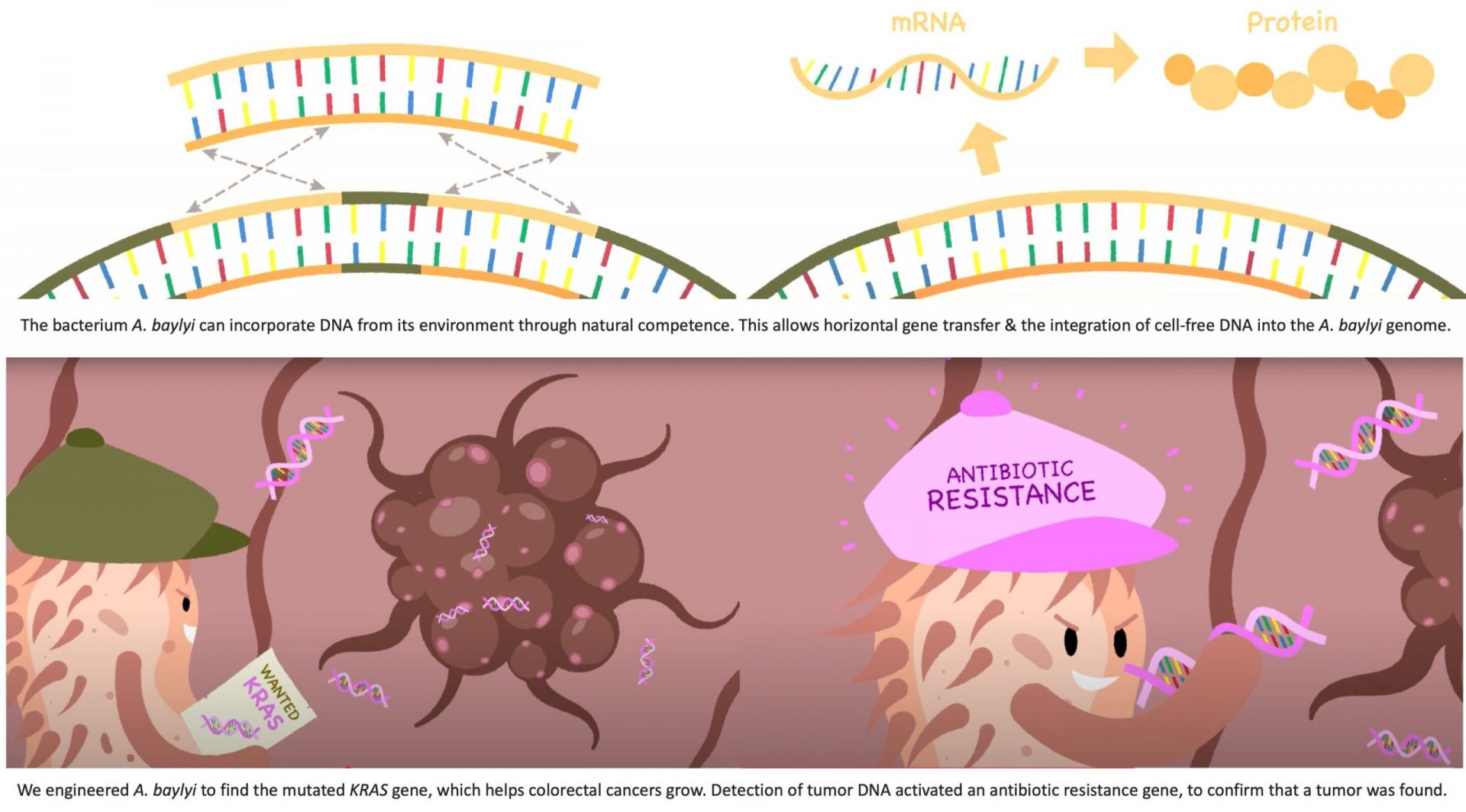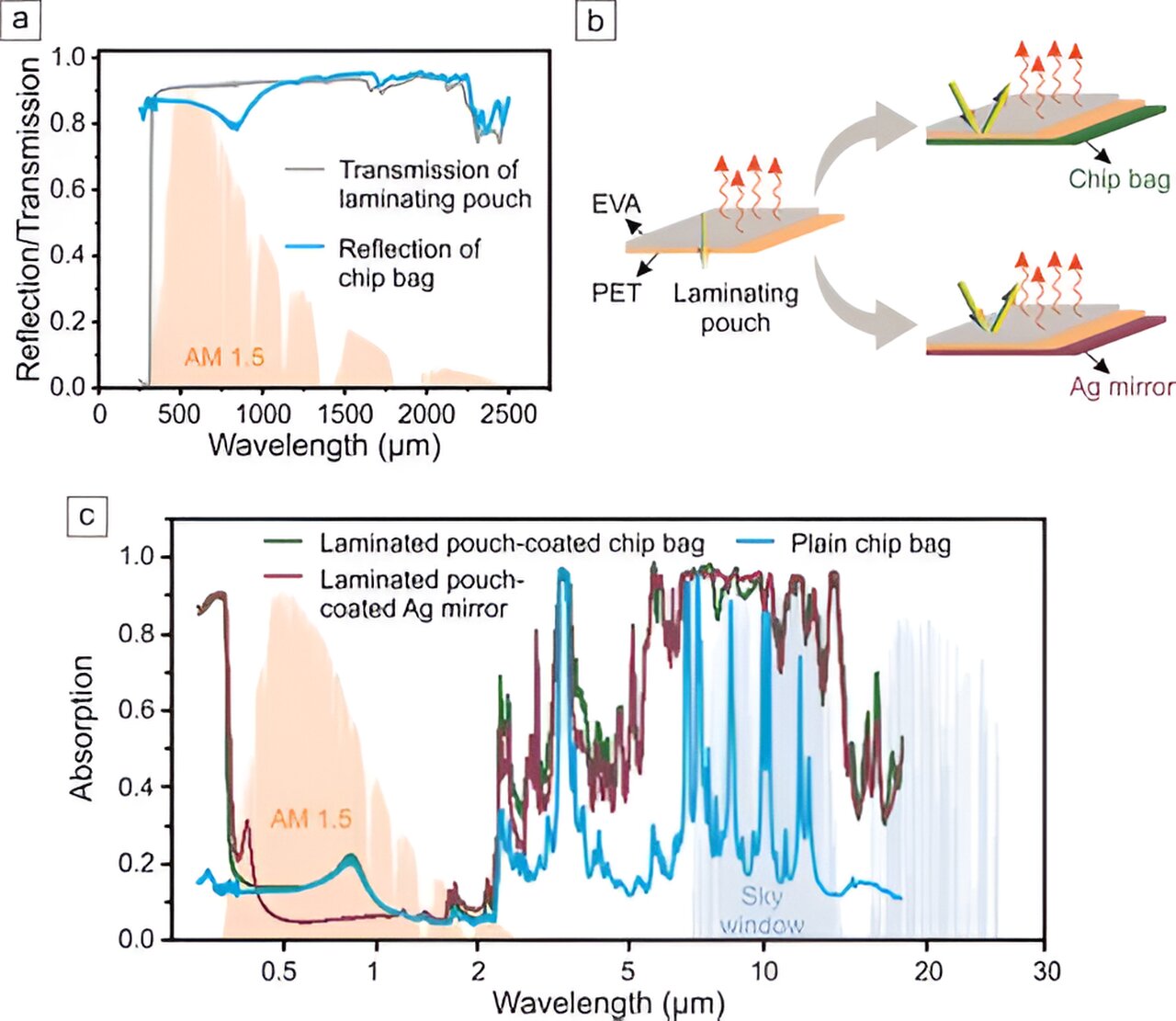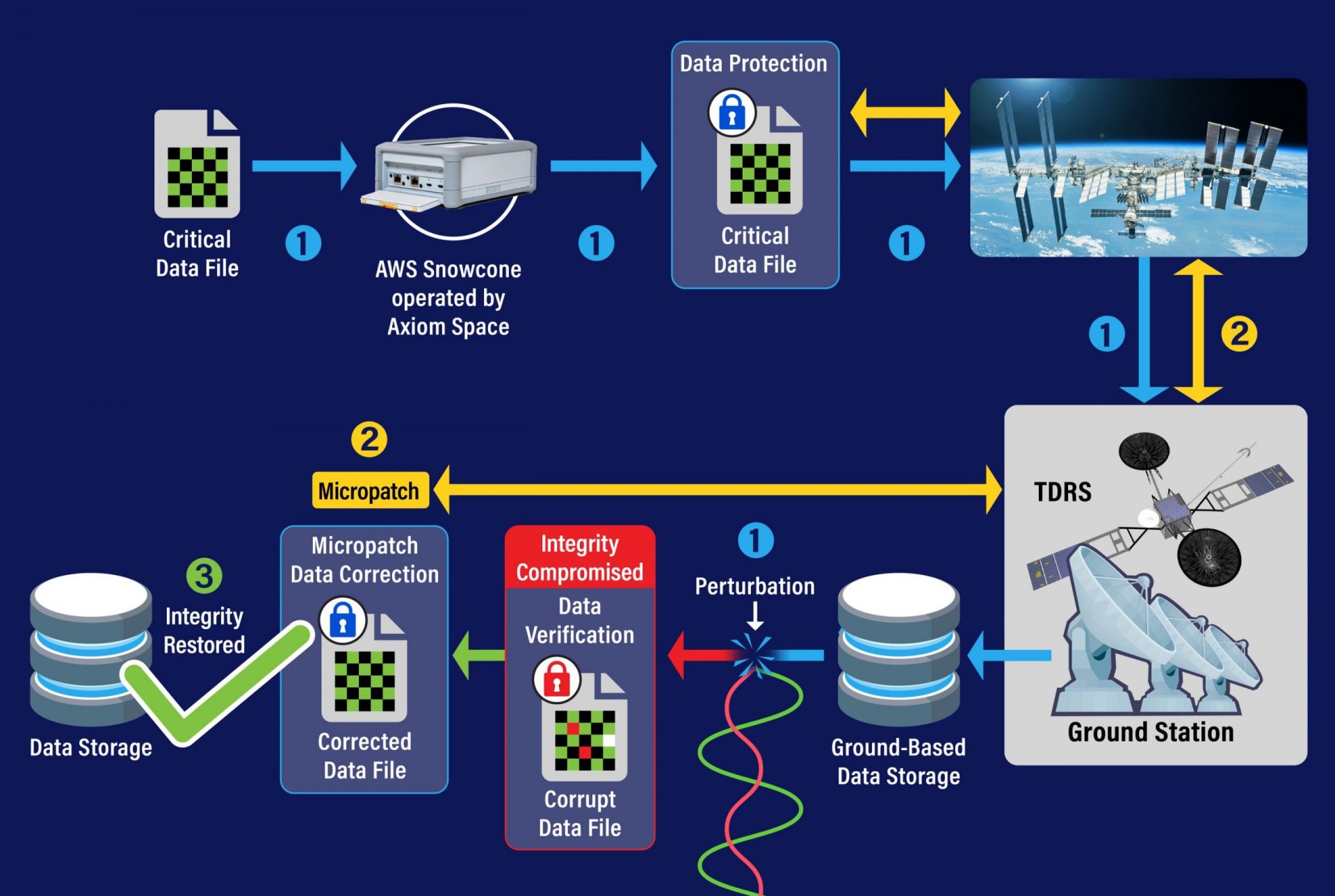Prepare to be amazed by the latest breakthrough in biological sensors! Scientists from the University of California San Diego and their colleagues in Australia have achieved something truly remarkable. They have engineered bacteria that can detect tumor DNA in a live organism. Yes, you read that right! These bacteria were able to detect cancer in the colons of mice, opening up a world of possibilities for new biosensors that can identify various infections, cancers, and other diseases.
Published in the prestigious journal Science, this groundbreaking innovation is a game-changer. While bacteria have been used for diagnostic and therapeutic purposes before, they lacked the ability to identify specific DNA sequences and mutations outside of cells. But now, with the development of the “Cellular Assay for Targeted CRISPR-discriminated Horizontal gene transfer,” or “CATCH,” bacteria can do just that.
Lead scientist Jeff Hasty, a professor at the University of California San Diego, expressed his initial doubts about using bacteria as sensors for mammalian DNA. However, his team’s success in detecting gastrointestinal cancers and precancerous lesions has proven the immense potential of this invention.
Tumors release their DNA into the surrounding environment, and while many technologies can analyze purified DNA in the lab, they cannot detect DNA where it is released. That’s where the CATCH strategy comes in. By engineering bacteria using CRISPR technology, the researchers were able to test free-floating DNA sequences and compare them with predetermined cancer sequences on a genomic level.
But how did they come up with this idea? The researchers focused on the concept of natural competence, which refers to bacteria’s ability to take up DNA from their environment. They realized that by engineering bacteria already present in the colon, they could create biosensors capable of detecting DNA released from colorectal tumors. Acinetobacter baylyi, a bacterium identified by scientist Rob Cooper, became the key player in this groundbreaking research.
Working alongside Australian colleagues, the team designed, built, and tested Acinetobacter baylyi as a sensor for identifying DNA from KRAS, a gene commonly mutated in many cancers. The bacterium was programmed with a CRISPR system that could discriminate between mutant and normal copies of KRAS. This meant that only bacteria that had taken up mutant forms of KRAS, found in precancerous polyps and cancers, would survive and respond to the disease.
The researchers successfully applied the concept of horizontal gene transfer, a technique used by organisms to move genetic material between each other, from mammalian tumors and human cells into bacteria. The results were astonishing, with bacteria that had taken up tumor DNA growing green colonies and acquiring the ability to grow on antibiotic plates.
Excitingly, this is just the beginning. The researchers are now working on adapting their bacteria biosensor strategy with new circuits and different types of bacteria to detect and treat human cancers and infections. The potential to engineer bacteria to prevent colorectal cancer is immense, and the team is determined to pursue this goal.
Associate Professor Siddhartha Mukherjee of Columbia University, who was not involved in the study, believes that in the future, “disease will be treated and prevented by cells, not pills.” The development of a living bacterium that can detect DNA in the gut is a tremendous opportunity to seek and destroy gastrointestinal and other cancers.
While further development and refinement are needed, the synthetic biology team at UC San Diego is committed to optimizing this advanced biosensor strategy. Lead scientist Jeff Hasty envisions a future where nobody dies of colorectal cancer, and hopes that this work will inspire bioengineers, scientists, and clinicians to join the pursuit of this goal.








